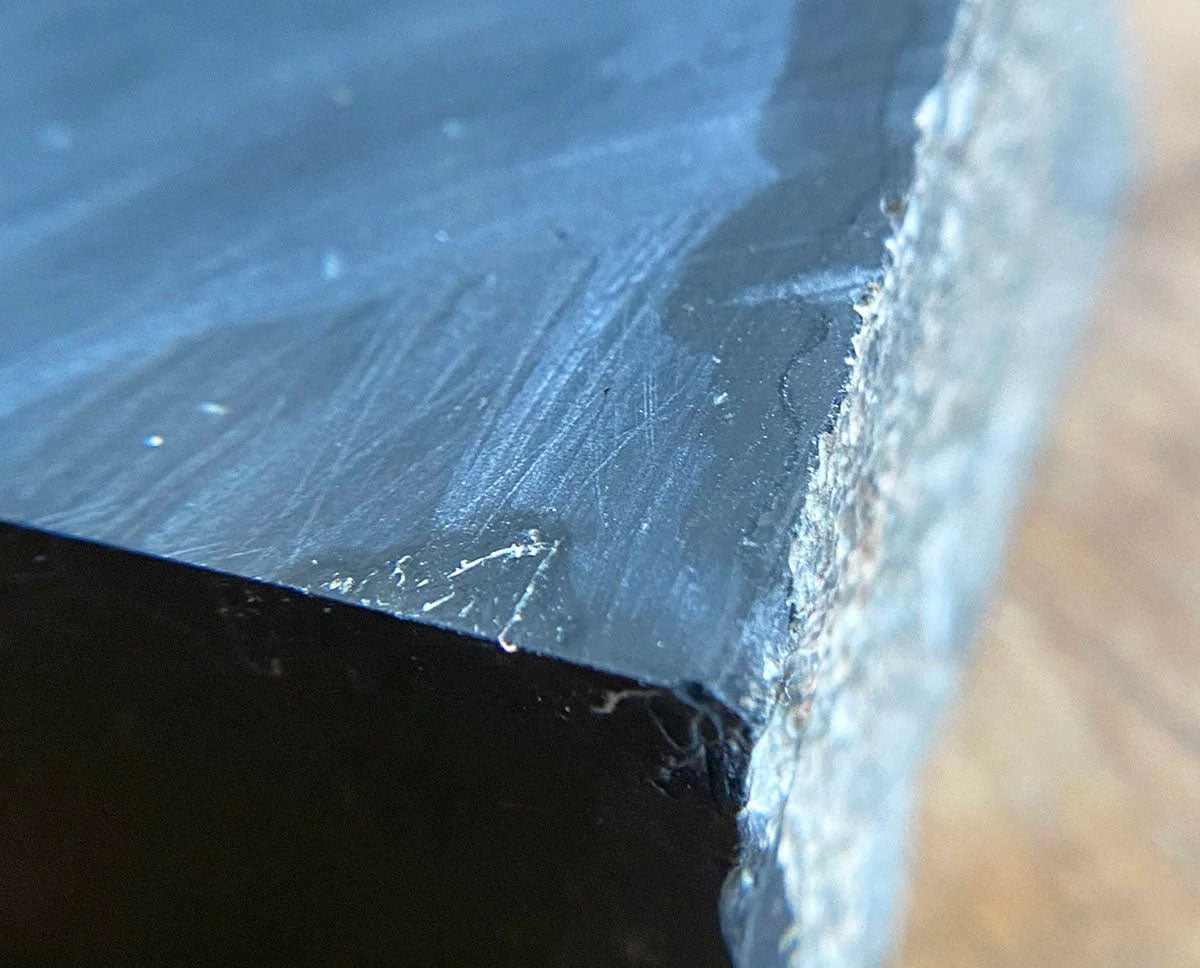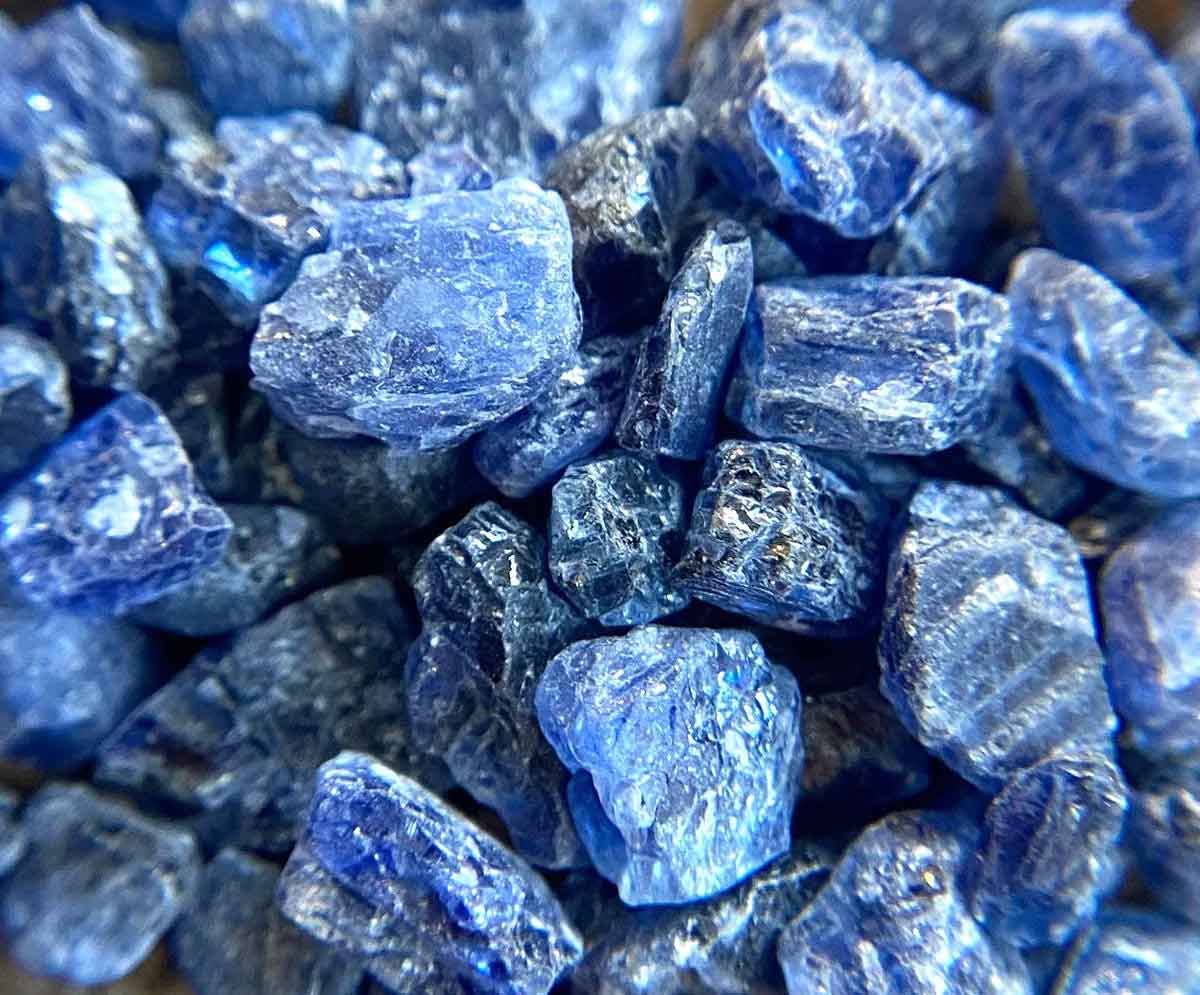
Exploring the History of Jade Jewelry: From Ancient China to Modern Times
Jade is one of the most mystical, alluring, and beautiful minerals on earth, having the prestige of gold and diamonds with a long history of ornamental, ceremonial, and ritual use. The history of its use first traces back to Ancient China, though jade has been used by everyone from the Mayans to the Maoris with plenty of cultures and civilizations appreciating and enjoying Jade along the way
JADE AND CHINA: "You Can Put A Price On Gold But Jade Is Priceless"
Anciently, superior men found the likeness of all excellent qualities in jade.
Soft smooth and glossy, it appeared to them like benevolence.
Fine, compact, and strong—like intelligence.
Angular, but not sharp and cutting—like righteousness.
Hanging down (in beads) as if it would fall to the ground like (the humility of) propriety.
When struck, yielding a note, clear and prolonged, yet terminating abruptly—like music.
Its flaws not concealing its beauty, nor its beauty concealing its flaws—like loyalty.
With an internal radiance issuing from it on every side—like good faith.
Bright as a brilliant rainbow—like heaven.
Exquisite and mysterious, appearing in the hills and streams—like the earth.
Standing out conspicuous in the symbols of rank—like virtue.
Esteemed by all under the sky—like the path of truth and duty.

Jade was not just revered for purely aesthetic purposes. Some historians believe that China went through a 'Jade Age', similar to other civilizations that had a Bronze Age, Iron Age, etc.
Jade produces a melodic sound when struck and has been carved into musical instruments like chimes. These chimes were often used in rituals or ceremonies, the resonance of the Jade ringing beautifully in the air. Jade too was often buried with the dead.
In 1968, archaeologists uncovered the tomb of Lieu Sheng (who died in 113 BCE), finding 2700 artifacts including a full jade burial suit comprised of over 2000 pieces of Jade.
The Qing Dynasty Emperor Qianlong was one of the longest-ruling emperors in Chinese history, taking the throne in 1735 and ruling until his abdication in 1796. Emperor Qianlong was such a fan of jade that he composed over 800 poems and songs about jade.
He gathered one of the largest jade collections in the world and he inscribed his own poetry onto historic pieces of jade in his collection, something no modern collector would ever think of doing! The Olympic Games were hosted in Beijing in 2008 and for the first time, the Olympic medals were inlaid with jade, representing China's never-ending love for the gemstone.

Jade Use In Pre-columbus Mesoamerica:
As technological advancements took place over the centuries, the Maya people were carving Jade into jewelry such as pendants, earrings, necklaces, and household items like vessels, icons, and statues. Like the Chinese, Maya burial sites have been found to contain jade Funeral Masks and other offerings to the dead.
The color green held significance to the Aztec people too, connected with life, fertility, and wellness. Aztec nobility valued jade to show their status. Jade's use fell out of favor in Mesoamerica after the arrival of the Europeans. Jade artifacts found in Costa Rica dating back to 200-600 CE are primarily found in burial sites, continuing the long association of Jade and the afterlife. It's fascinating that this superstitious property of jade, bridging the gap between the mortal realm and the divine is found all over the world.

Jade Use In New Zealand
The Māori people of New Zealand also have a tradition of jade use. Jade pendants called Hei-Tiki were passed down as family heirlooms and were a means of connecting the current wearer with the wisdom of their ancestors. The heirlooms were valued as treasures or 'Taonga' which were very important to the Māori people. The 'Taonga' increased in prestige, acquiring Mana (spiritual power) as they passed from generation to generation, absorbing all the wisdom and serving as memory and a mark of respect for the dead.
Each Hei-Tiki was carved from Pounamu (Greenstone), a Māori word for the hard green stones used for carving, often including Jade. Pounamu weapons such as axe heads, spearheads, fishing hooks, knives, hairpins, or other hunting tools were often passed on as heirlooms, not just pendants. The process of Pounamu gift-giving was so important in Māori culture that to signify a peace treaty, these heirlooms would be exchanged in what became known as a Tautau Pounama (Door of Greenstone), alluding to the Māori phrase: Me tautau pounamu, kia kore ai e pakaru, ake, ake (Let conclude a peace treaty that may never be broken, forever and ever)
Two Types of Jade
In 1863, French mineralogist Alexis Damour discovered that jade was two distinct minerals - nephrite and jadeite. Before this, no distinction had been made. Nephrite is less hard than jadeite. It can be found in various colors from creamy beige to brown. Generally, jadeite is the brighter and 'glossier' of the two, with nephrite usually being of darker shades of color.

Jade Trade Today
Black Jade
Black nephrite can be found in the USA and black jadeite is more commonly found in Myanmar and Guatemala. Peru also has a unique form of black jade known as ‘Midnight Lemurian Jade’. This is characterized by its inclusions of quartz and pyrite and is really quite impressive, especially when it catches the sunlight.

This black color was highly regarded by all of the jade loving civilizations of the Americas and of course the Chinese, who have remained avid jade-lovers right up to the present day. Black jade is associated with the popular east Asian goddess of mercy and compassion Kuan Yin (Guanyin). Kuan Yin is extremely popular throughout east Asia, taking many different names depending on the local language and has been adopted by various religions and faiths of the region.
We source nephrite black jade from Wyoming. There is a vein of jade that runs through Wyoming. The edges of the vein are dark green while the center of it is black. To get your own unique piece, check out our made to order black jade jewelry here.



